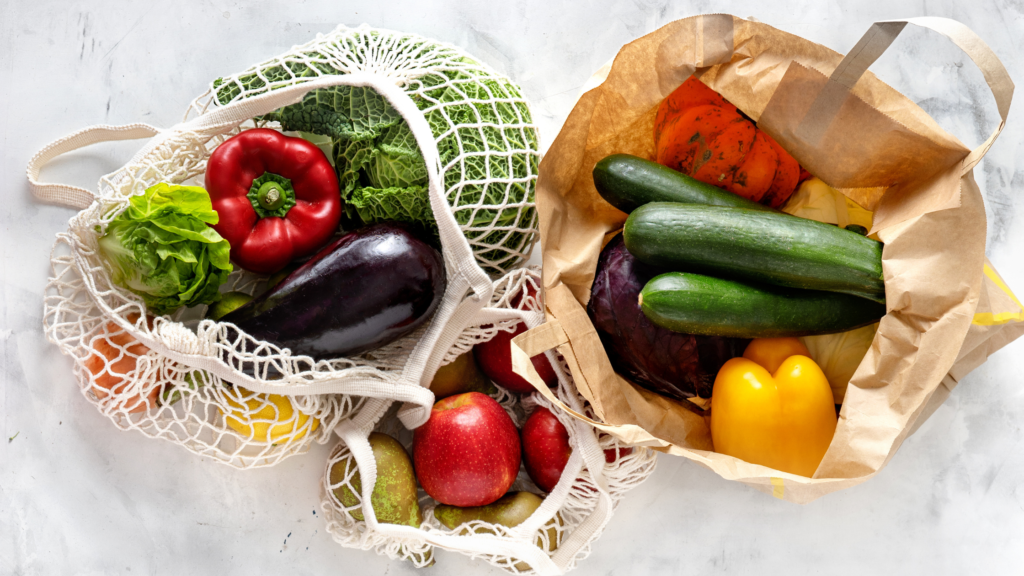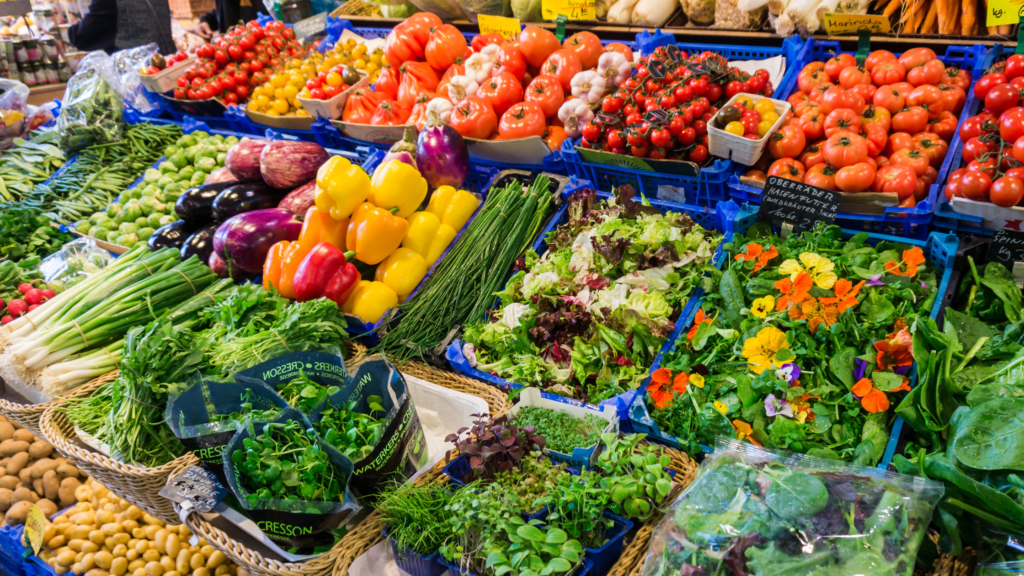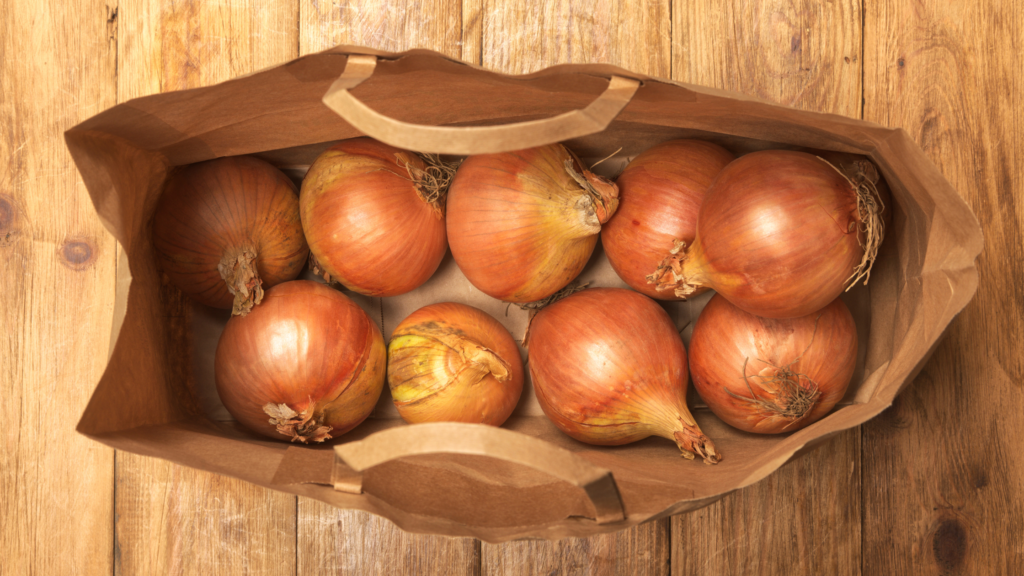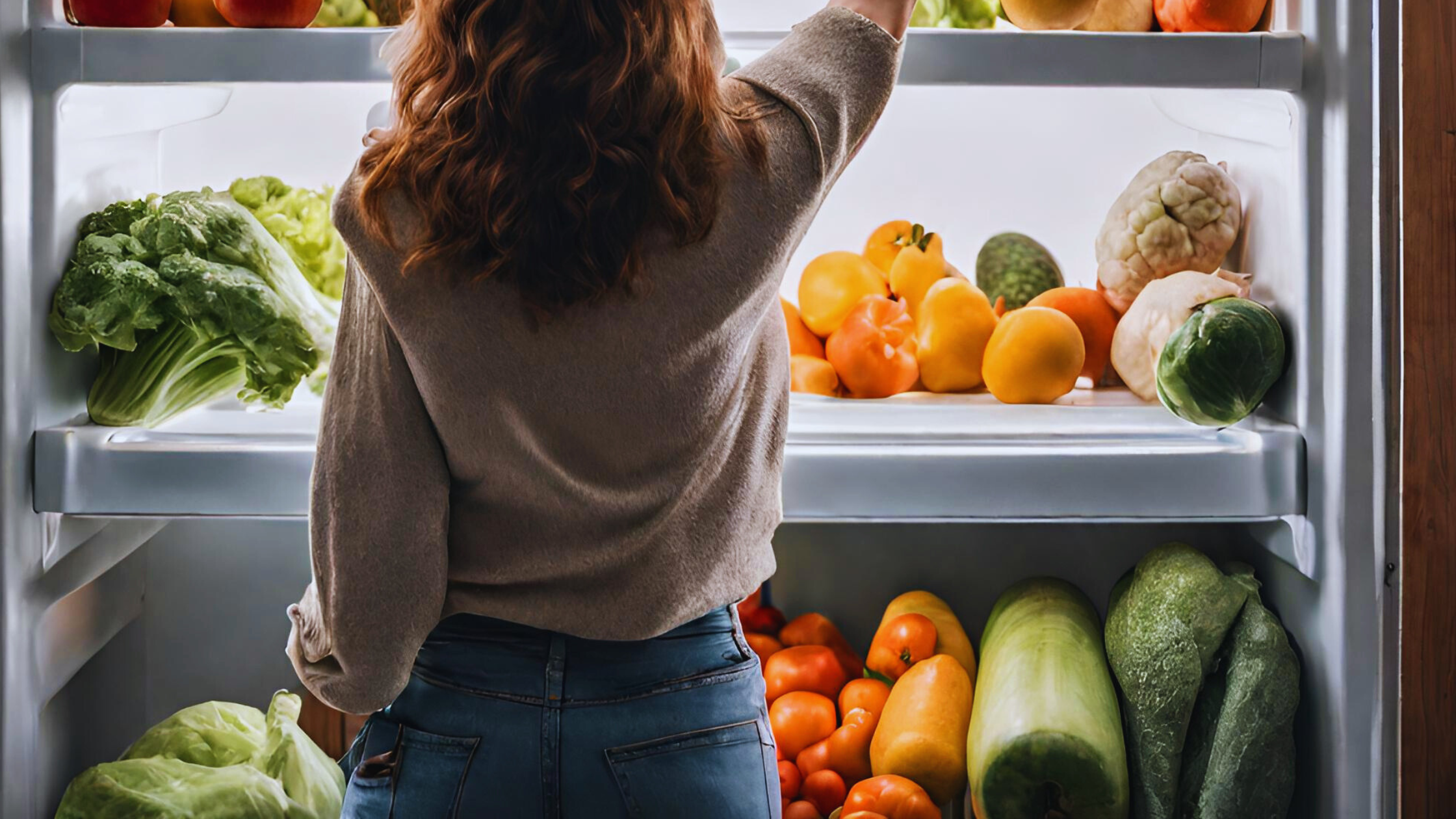Have you ever consider what should and shouldn’t go in your fridge? I know I certainly hadn’t, but now that I know it seems somewhat obvious. When you take notice of where things are kept at the grocery store it immediately makes sense. Not all fruits and vegetables thrive in cold temperatures, and some produce is best kept at room temperature to maintain its flavor, texture, and nutritional value. In this blog, we’ll explore some fruits and vegetables that should not be refrigerated and why, helping you make informed decisions about how to store your produce for maximum freshness and enjoyment. So if you’re curious about what produce is best stored outside the fridge take a look at this list.

Produce Best Stored Outside the Fridge
Fruits:
1.Tomatoes:
Refrigeration can cause tomatoes to lose their flavor and become mealy in texture due to the breakdown of cell walls.
2. Bananas:
Bananas are sensitive to cold temperatures, which can cause the peel to turn black and the fruit inside to become mushy.
3. Avocados (if unripe):
Avocados need to ripen at room temperature, so refrigeration can slow down the ripening process and result in unripe, hard avocados.
4. Bell Peppers:
Bell peppers can become soft and lose their crispness when refrigerated. It’s best to store them at room temperature for optimal texture and flavor.
5. Cucumbers:
Cold temperatures can cause cucumbers to develop water-soaked areas and become rubbery. Store them at room temperature for the best texture and flavor.

Vegetables:
1.Potatoes:
Cold temperatures can convert the starch in potatoes into sugar, resulting in a gritty texture and altered flavor when cooked.
2. Onions:
Onions prefer a dry, well-ventilated environment, as refrigeration can cause them to become soft and moldy. Shallots and onions are a crop resistant to low temperatures but when you refrigerate them, the starch begins converting into sugar and begins catching mold. It is also not recommended to keep any cut onions after use as they are know to absorb all the unhealthy bacteria in the enviroment.
3. Garlic:
Refrigeration can cause garlic to sprout and become rubbery, so it’s best stored in a cool, dark place with good air circulation. Can turn toxic as starts catching mold quickly. Always buy fresh garlic with a peel.

4. Ginger:
Ginger can become moldy and lose its flavor when refrigerated. It’s best stored in a cool, dry place, such as a pantry or cupboard.
While the refrigerator is undoubtedly a useful tool for preserving many types of produce, it’s not always the best option for every fruit and vegetable. By understanding which items are best kept at room temperature you can ensure that your produce stays fresh and flavorful for longer. Considering not only preserving taste and texture but also ensuring the safety of your family by avoiding toxic mold and spoilage. So, the next time you’re stocking up on fruits and vegetables, remember to keep these tips in mind so you not only enjoy the freshest produce but also create a safer environment for you and your family.
When in doubt just remember where things are stored at the grocery store x
*While you’re at it make sure you are prioritizing your health and opting for Organic, take a look at this article for more information: What and When to Buy Organic



